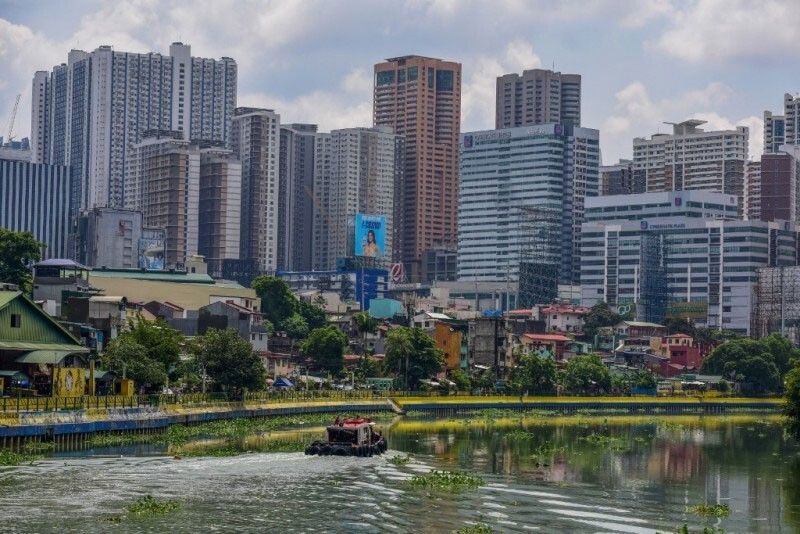2022 growth seen falling below government target

MANILA, Philippines — The Philippines will likely fail to achieve its economic target for this year due to a weak external environment and inflationary concerns, but its growth rate will still be among the fastest in East Asia and the Pacific.
In its latest economic update, the World Bank retained its gross domestic product (GDP) growth forecast for the Philippines at 5.7 percent, the same as its April outlook.
This is the same growth pace the Philippines had in 2021. However, this is way below the government’s revised seven to eight percent expectation for 2022.
Nonetheless, the World Bank’s forecast still puts the Philippines among the best economic performers in the East Asia and Pacific region, next to Palau’s 7.2 percent and Fiji’s 6.3 percent.
In a briefing yesterday, World Bank Philippines senior economist Kevin Chua said the external environment has turned less favorable at a time when the Philippines has weathered the worst of the pandemic.
Three international developments are putting pressure on the domestic economy: the Russia-Ukraine war, the tightening of global financing conditions, and the growth deceleration in the country’s major trading partners.
Despite a strong first quarter growth of 8.3 percent, Chua said the weak external environment would affect the Philippine economy given the slowdown in China and the US which, in turn, would impact on exports.
“Rising inflation may also impact household consumption in the country. When we see the rise in prices of goods, it may really affect the demand of the man on the streets,” he said.
Despite the continued inflationary pressure, Chua does not see stagflation as a risk for the country.
Stagflation is an economic situation where a country is facing persistent high inflation coupled with high unemployment rate and low economic output.
“Our growth projection for the country is really high and really good. So we don’t see this case of lowering growth. Amid high inflation, we still have high growth. So I don’t see the risk of stagflation in the country,” Chua said.
But Chua argued that taming inflation is a pressing concern as it can dampen consumption and worsen poverty in the country.
It is estimated that a 10 percent increase in the global price of cereals is expected to raise the poverty headcount by one percentage point, pushing an additional 1.1 million Filipinos into poverty.
An increase of 10 percent in energy prices, on the other hand, is estimated to raise the poverty headcount by 0.3 percentage point, equivalent to an added 329,000 Filipinos into poverty.
“Authorities have to use all available policy tools to address inflation, including monetary measures to prevent the de-anchoring of inflation expectations, and supply-side measures such as importation and lower tariffs and non-tariff barriers for important commodities to help augment domestic supplies as needed, and greater support to agriculture production through extension services, seeds, and fertilizer,” Chua said.
Meanwhile, World Bank country director Ndiame Diop said that recovery in the Philippines remains uneven across businesses and sectors, but it is clear that more and more Filipinos are getting back to work and finding new jobs.
Diop expressed optimism that the country can maintain robust growth this year and sustaining this would be driven and supported by greater mobility of people with the resumption of face-to-face economic and social activities.
Growth will also be anchored on improving domestic environment, characterized by low COVID cases, better movement, and wider resumption of activities.
The World Bank maintained that economic reopening in the country is shoring up services, especially transportation, restaurant and food services, and wholesale and retail trade.
Prospects have also improved for tourism following the opening of borders to vaccinated individuals, reopening of tourist attractions, and relaxed travel requirements for travelers.
- Latest
- Trending




























